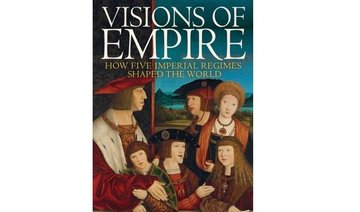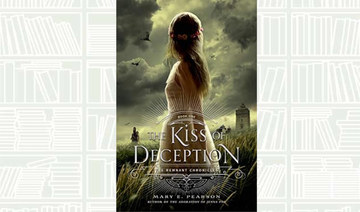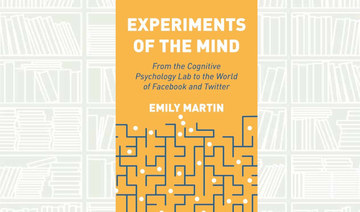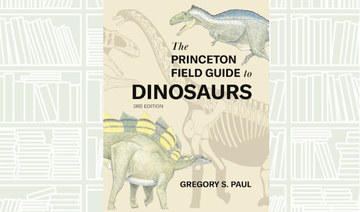Wafaa El-Saddik was the first female director of the Egyptian Museum in Cairo and held the post from 2004 until the end of 2010. During her final year at the museum, a popular uprising in Tunis caught the world by surprise, but El-Saddik had a premonition that similar events would also take place in Egypt. “We knew that the social gap could not continue to widen forever. It was only a question of time before something had to happen,” she writes in her book, “Protecting Pharaoh’s Treasures.”
In January of 2011, Egyptians from all walks of life expressed their long-oppressed feelings of anger. The first cracks in 30 years of dictatorship began to appear. It was a movement that prompted El-Saddik to write the book.
“The people who have worked toward a different Egypt for so long — decent, hardworking people of integrity — finally have to be given a chance. There have been, and still are, such people in Egypt, even among us Egyptologists in the antiquities service. They have distinct notions about a different Egypt. It was high time to open the drawer and lay on the table all the things that had had to wait too long.”
Her last meeting with former strongman Hosni Mubarak in October 2010 in Rome reveals what went on behind the scenes. Only five weeks before the Egyptian president’s state visit to Italy, El-Saddik was summoned to select ancient Egyptian artifacts for the exhibition in Rome. Deemed not spectacular enough, her selection was not approved. Zahi Hawass, who was chief of the antiquities office at the time, was now in charge of putting together a selection but he announced that a conflict of interest prevented him from attending the event. El-Saddik had to go to Rome after all and she was left to deal with a number of problems. The on-loan items were not insured, there was no exhibition catalogue and her co-workers had no visas. However, she remained positive, saying: “In my years as director of the Egyptian Museum I had learned one thing: If it has anything to do with the president, everything possible will be done, money is no object.”
After having worked “like dogs” to prepare the exhibition, El-Saddik was briefed that the visit should not take more than 15 minutes. Mubarak was tired and had problems standing up and Silvio Berlusconi was visibly not interested in the exhibition. When El-Saddik tried to draw their attention to the Egyptian Book of the Dead, she told both Berlusconi and Mubarak that “all those who have flouted the laws and offended those nearest to them are gobbled up by the devourer.” At that moment, she wrote, Mubarak smiled and photographs were taken. Who would have guessed then that by February, Mubarak would step down as president of Egypt?
The making of an archaeologist
When El-Saddik began university, she wanted to be a journalist. During a break, she went on an excursion to Luxor and Aswan organized by the faculty of archaeology. That trip changed her life as she decided to major in archaeology and was no longer interested in a journalistic career.
She quickly earned a reputation as somebody who stood up to figures of authority.
When President Anwar Sadat ordered that the upper part of the Khafre Pyramid be cleaned so it would become the same color as the pyramid’s lower part, she refused to follow the order. The chief inspector of the Giza precinct admonished her, saying: “Why haven’t you finished the job? How can you dare oppose a directive from the president?”
El-Saddik answered firmly: “How can you dare to order such nonsense?”
The inspector threatened to dismiss her so she filed a report explaining that the stones used for the construction of the lower and the upper part of the pyramid were from different quarries. The stones in the oldest part of the Khafre Pyramid came from the pyramid plateau, whereas the remaining stones were taken from the Tura limestone quarries. This clearly explains why the stones have different natural colors.
A few days later, the cleaning project was called off and this incident did not impact her career negatively. On the contrary, in 1976, El-Saddik became the first Egyptian woman to direct an excavation.
When El-Saddik was eventually appointed as the director of the Egyptian Museum in 2004, she wasted no time in doing an inventory of the objects piled up in the vast cellar of museum, which covers an area nearly the size of two football fields.
“The Egyptian Museum’s cellar is the stuff of legend…. For nearly 100 years it served as the central storeroom for all the artifacts awarded to Egypt in the division of finds,” she wrote.
To this day, Tutankhamen’s treasure remains Egypt’s most famous exhibition. After its worldwide tour between 1972 and 1982, a sculpture from the tomb’s treasure was damaged and the government issued a travel ban on the relics. That ban was lifted when Mubarak needed $500 million for his Grand Museum. El-Saddik curated the exhibition “Tutankhamen, the Golden Beyond” which toured the world and brought in around $100 million.
“Protecting Pharaoh’s Treasures” is a journey through El-Saddik’s life in Egyptology. As she looks back at the history of her country, we discover an amazing woman. She is truly in a league of her own.
Book Review: Dive into Egypt’s glorious past
Book Review: Dive into Egypt’s glorious past
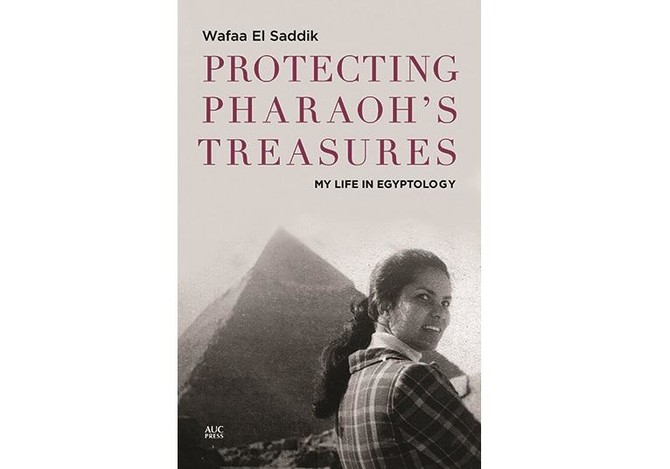
What We Are Reading Today: ‘Counterrevolution’ by Melinda Cooper
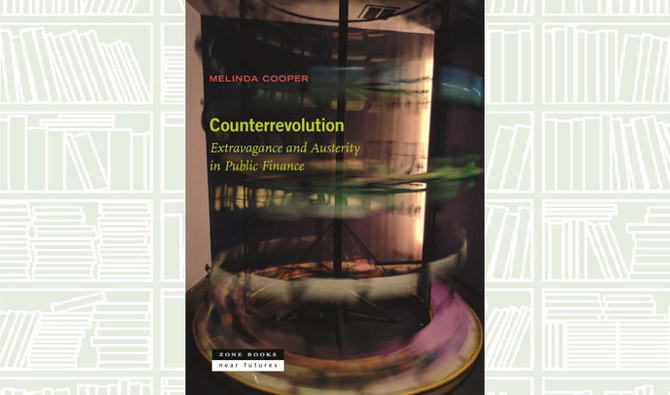
At the close of the 1970s, government treasuries and central banks took a vow of perpetual self-restraint.
To this day, fiscal authorities fret over soaring public debt burdens, while central bankers wring their hands at the slightest sign of rising wages.
As the brief reprieve of coronavirus spending made clear, no departure from government austerity will be tolerated without a corresponding act of penance.
What We Are Reading Today: ‘The Kiss of Deception’
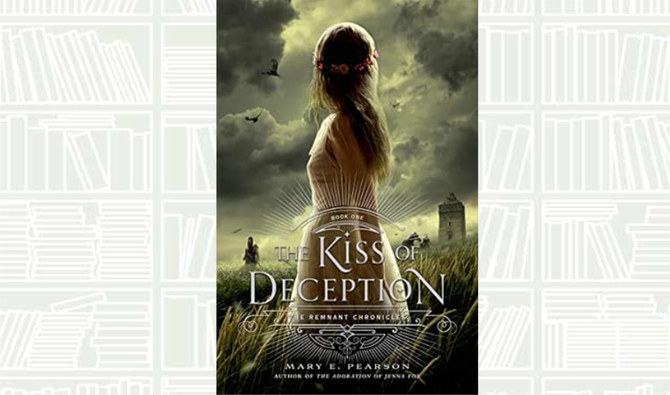
- The novel is written in a distinctive style, with Lia’s perspective telling the first half of the story and Rafe and Kaden’s narrative telling the second
Author: Mary E. Pearson
“The Kiss of Deception” by Mary E. Pearson, the first book in the “Remnant Chronicles” series, is a young adult fantasy novel published in 2014 that follows the story of Lia, the princess of the Kingdom of Morrighan. She is set to marry a prince from a neighboring country whom she has never met, but insted decides to run away on her wedding day.
The plot thickens as Lia is on the brink of unlocking perilous secrets and finds herself falling in love. The book introduces a diverse cast of characters, including Lia’s best friend Pauline, and two young men named Rafe and Kaden, who have their own secrets and motives.
The fantasy novel establishes the groundwork for an interesting and exciting story with a compelling plot and well-rounded characters.
The novel is written in a distinctive style, with Lia’s perspective telling the first half of the story and Rafe and Kaden’s narrative telling the second.
The story has more depth because of its narrative style, which gives readers a glimpse into the motivations and mindset of each character.
The reader is drawn into Morrighan’s world and kept interested in the plot by Pearson’s vivid and captivating language. The novel moves along at a good clip, with action and tension increasing throughout to provide a satisfying finish. The world-building is also well-crafted, with intricate details and a rich history that adds depth to the story.
However, the novel’s main mystery is solved early on, which takes a significant amount of the narrative’s tension and suspense away. Even while the world-building and character development are excellent, some readers might find it challenging to immerse themselves in the story completely due to its predictable plot.
As the characters work through a convoluted web of lies and covert objectives, “The Kiss of Deception” tackles many topics, including destiny, responsibility, adventure, love, and friendship. It also dives deeply into the theme of deception and secrets.
Readers are reminded of the value of self-discovery and remaining true to oneself despite social pressures and expectations through Lia’s journey.
“The Kiss of Deception” marked a notable contribution to the young adult genre, particularly in the realm of fantasy. The novel offers a unique take on the traditional princess story, with a strong and independent female protagonist who is not defined by her royal status.
People of color are among the book’s varied array of characters, which is still uncommon in mainstream young adult fiction. All things considered, “The Kiss of Deception” is a unique and refreshing addition to the canon of young adult fantasy.
What We Are Reading Today: ‘Experiments of the Mind’
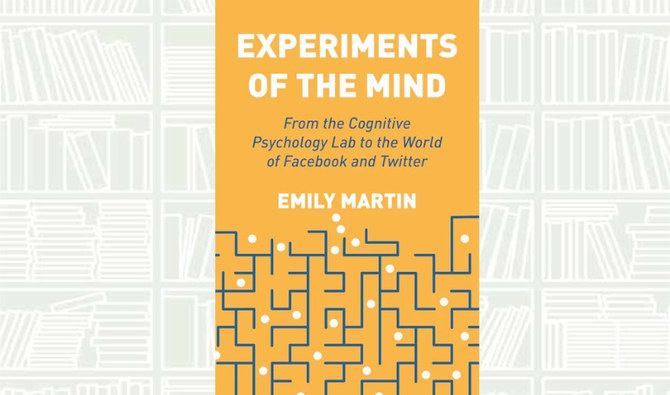
Author: EMILY MARTIN
Experimental cognitive psychology research is a hidden force in our online lives. We engage with it, often unknowingly, whenever we download a health app, complete a Facebook quiz, or rate our latest purchase.
How did experimental psychology come to play an outsized role in these developments? “Experiments of the Mind” considers this question through a look at cognitive psychology laboratories. Emily Martin traces how psychological research methods evolved, escaped the boundaries of the discipline, and infiltrated social media and our digital universe.
What We Are Reading Today: ‘Quantitative Biosciences Companion in Python’
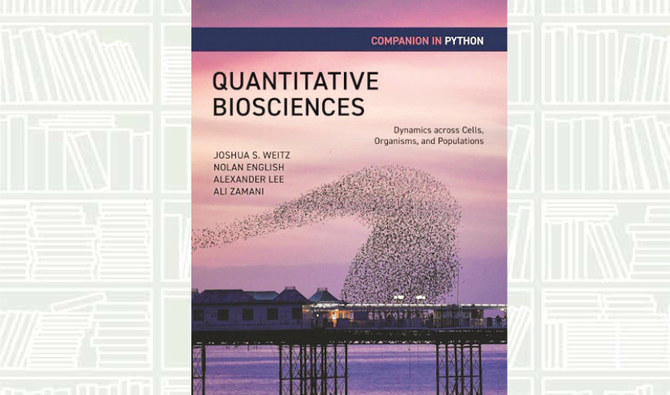
Authors: JOSHUA S. WEITZ, NOLAN ENGLISH, ALEXANDER LEE, AND ALI ZAMANI
This lab guide accompanies the textbook “Quantitative Biosciences,” providing students with the skills they need to translate biological principles and mathematical concepts into computational models of living systems.
This hands-on guide uses a case study approach organized around central questions in the life sciences, introducing landmark advances in the field while teaching students—whether from the life sciences, physics, computational sciences, engineering, or mathematics—how to reason quantitatively in the face of uncertainty.
What We Are Reading Today: Heart of Darkness: Unraveling the Mysteries of the Invisible Universe
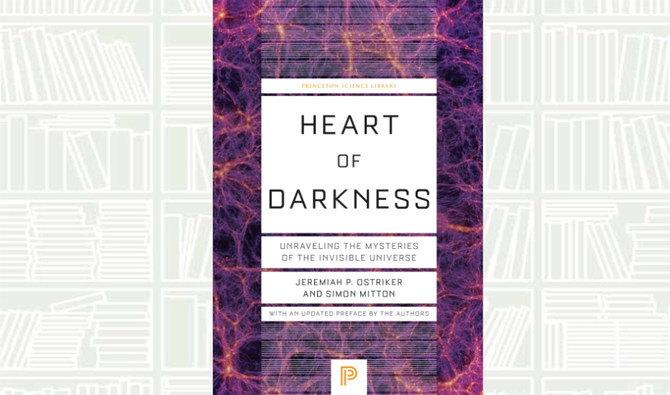
- The story of how evidence for the so-called “Lambda-Cold Dark Matter” model of cosmology has been gathered by generations of scientists throughout the world is told here by one of the pioneers of the field, Jeremiah Ostriker, and his coauthor Simon Mitton
Authors: Jeramiah P. Ostriker and Simmon Mitton
Heart of Darkness describes the incredible saga of humankind’s quest to unravel the deepest secrets of the universe. Over the past 40 years, scientists have learned that two little-understood components—dark matter and dark energy—comprise most of the known cosmos, explain the growth of all cosmic structure, and hold the key to the universe’s fate.
The story of how evidence for the so-called “Lambda-Cold Dark Matter” model of cosmology has been gathered by generations of scientists throughout the world is told here by one of the pioneers of the field, Jeremiah Ostriker, and his coauthor Simon Mitton.
From humankind’s early attempts to comprehend Earth’s place in the solar system, to astronomers’ exploration of the Milky Way galaxy and the realm of the nebulae beyond, to the detection of the primordial fluctuations of energy from which all subsequent structure developed, this book explains the physics and the history of how the current model of our universe arose and has passed every test hurled at it by the skeptics.
This monumental puzzle is far from complete, however, as scientists confront the mysteries of the ultimate causes of cosmic structure formation and the real nature and origin of dark matter and dark energy.




